June 18, 2017 Leave a Comment
Share1 +1 Tweet Pin WhatsAppShares 1John F. Kennedy said, “Change is the law of life.” And no one knows this better than a parent!! No sooner have we gotten used to the breastfeeding routine that it’s time to introduce solids. Just as we get the hang of purees, it’s time to start finger foods! Change is a daily recurrence in the early years of parenthood. While it can be hard on Moms, it can be doubly difficult for our babies. Today, we’re going to talk about a change that is likely to face some stiff resistance from your little munchkin – weaning from a bottle to a sippy cup! We’ve had many Moms send in queries about how to do this gently, and we’re ready with the answers!
What is a sippy cup?
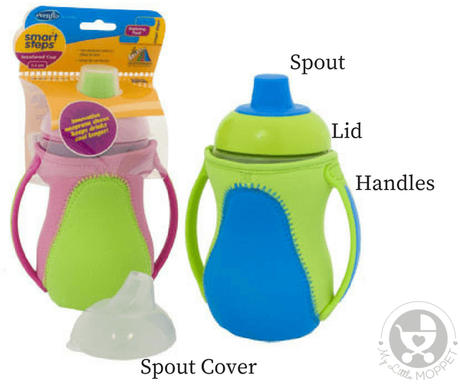
A sippy cup is also called a training cup and is generally a cup with handles and a lid with an opening. The opening may be in the form of a spout, or a straw, and the lid can be removed. This cup is considered as a transitional cup between the bottle or breast and a regular cup.
A sippy cup generally has a valve that controls the flow of liquid, preventing messes when babies try to drink. This helps babies suck on the spout till they master the control required to drink from a cup without spilling or choking. Sippy cups are generally made of plastic, with current versions being BPA-free. You can also get glass or stainless steel sippy cups, although they are costlier than plastic cups. All parts of a sippy cup need to be sterilized and cleaned just as baby’s other utensils. It’s recommended to throw away cups that have cuts or scratches on them.
The American Dental Association recommends that all children begin using a sippy cup by their first birthday. There are many reasons for weaning from a bottle to a sippy cup, the most important of which are mentioned below.
5 Reasons for Weaning from a Bottle to a Sippy Cup
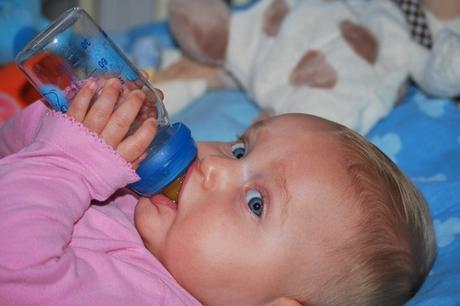
1. The biggest reason from switching from a bottle to a sippy cup is tooth decay. Drinks like milk or juice have sugar in them, which can cause caries or decay in babies who continue to drink from a bottle. The problem gets worse when children take their bottles to bed and use them as a pacifier.
2. Children who continue with extended bottle feeding beyond the first year have higher chances of being obese. A bottle makes it hard for a child to regulate how much he’s drinking. This leads to ‘overeating’, and a weakening of the reflexes that help him realize when he’s full.
3. Children who are highly dependent on a bottle may experience nutritional deficiencies because of a decreased interest in solid foods. A sippy cup breaks this dependency and encourages proper feeding at meal times, especially if the cup is offered along with the meal.
4. Extended sucking on the bottle can result in an overbite or issues in the child’s jaw formation. This could mean that the child may require dental braces later. The condition could be worse in the case of aggressive suckers.
5. Some experts feel that children who lie flat and suck on the bottle for too long have a higher chance of recurrent ear infections. While this may not happen with all babies, it’s better to stay safe by preventing this scenario in the first place.
When it comes to breaking a child’s attachment to his bottle, the longer you wait, the harder it gets. Toddlers who are addicted to their bottle end up carrying it everywhere they go. As you can imagine, this is not good for their teeth or their appetites. To prevent this, it’s advisable to start the weaning process as early as you can.
When can you start Weaning from a Bottle to a Sippy Cup?
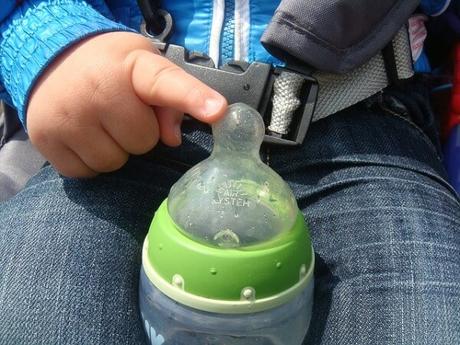
Theoretically speaking, you can start at six months, but at this age you’ll probably be feeding baby’s clothes and the floor more than her mouth! It actually depends upon each baby’s individual capabilities, but most parents find that babies are better able to use the cup by 9 months. You can start earlier if you like, and see how your baby takes it. If it appears too difficult for her, you can keep it away and try again after a month.
A good idea is to offer a cup of water along with meals from the time baby is starting solids. You can let her play with the cup and if she tries to drink in the process – great! Don’t apply any pressure, just let her be familiar with it by the time you’re ready to train her.
As for motor skills, being able to sit upright independently and open her mouth for a spoon are good indicators for sippy cup readiness. You might need a few demonstrations at first, but your little one will soon get the hang of it!
Note: Till one year, breast milk is still an essential component of a baby’s diet, so breastfeeding should be continued as usual. After the first birthday, you can start cow’s milk with breastfeeding on the side.
10 Steps for Weaning from a Bottle to a Sippy Cup
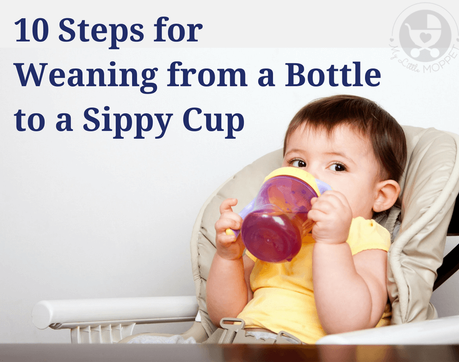
1. Get the right cup
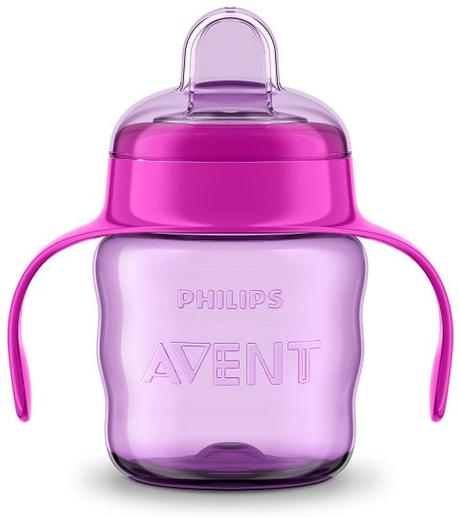
For babies, it’s best to start with a cup that has double handles for easy grip and a soft spout that is more similar to a bottle’s nipple. Always go for cups that are BPA free to avoid the leakage of toxic chemicals into baby’s drink. Some babies seem to find a sippy cup with a straw easier to use. You may want to keep your options open in case the first one doesn’t work out. You can also get 2-in-1 cups that come with both, so you can choose the one your baby prefers.
2. Skip the mid-day feeding first
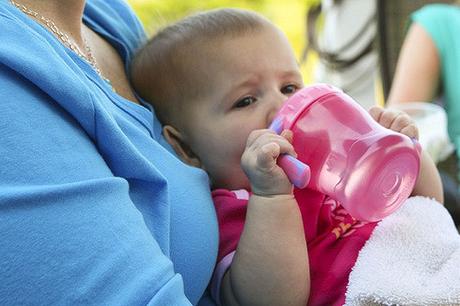
The mid-day feeding is the easiest to skip, since at this time your baby is probably involved in many other activities. Offer breast milk or formula in a cup instead of the bottle at this feeding for a number of days till it’s become routine for the baby. The time this takes can differ from baby to baby, but make sure it’s done before moving to the next step. Hold them just as you would when bottle feeding, so they feel the same level of comfort. Some parents find that offering the bottle for half the feeding and then switching to the sippy cup makes for a smoother transition.
3. Replace the Night Feeding last

Kids are the most attached to the night feeding, since it’s often their source of comfort at the end of a long day. For some babies, a bottle is also a pacifier that lulls them to sleep. This is precisely why this is the hardest feeding to stop, and why we’ve put it for the last! For this to work with minimal resistance, it’s crucial to have a proper bedtime routine in place. Include enough activities to keep the child interested while signalling that it’s time for bed. Give him his bottle earlier if needed, and then go with the brushing-pajamas-bedtime story routine. Soon, your little one will find that he can soothe and fall asleep without the bottle, which is your cue to introduce the sippy cup. Whatever you do, do not let the child fall asleep with a bottle in her mouth. Wake her up and brush her teeth, and then let her fall asleep on her own.
4. Dilute milk in bottles
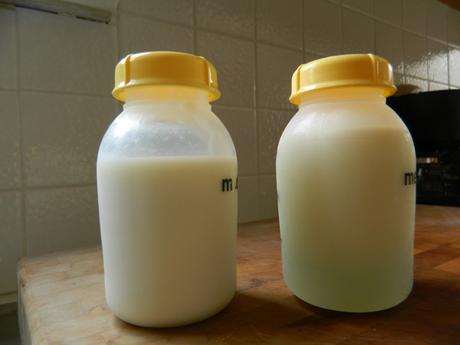
Another way to break the bottle addiction is by making its contents a little less appealing. If your child has a strong attachment to drinking milk in her bottle, start diluting it slightly with water. Increase the dilution till the bottle has more water than milk. Of course, your little one will notice this too, and will soon lose her interest in the bottle with a weird liquid in it. At the same time, keep offering a sippy cup with full milk, and she’ll realize that that’s where she needs to go for a glass of proper milk!
5. Offer a different drink in the cup
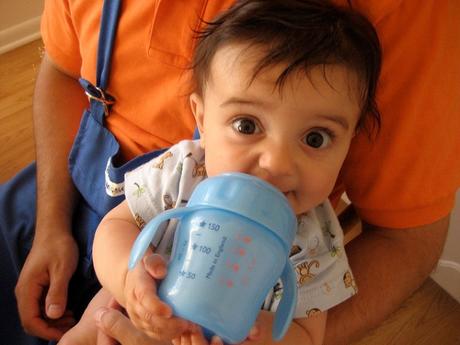
Another tactic is to offer a different drink in the cup initially, making it more attractive. If your child is past one, you can try a colored milkshake, like strawberry or mango. You can also try diluted fruit juices, although this should not be a frequent event. Or you could mix in dry fruits powder to make regular milk taste better. In summer, leave the sippy cup with water near where the child is playing. When she gets thirsty, she might just pick it up and have a drink, and this will gradually get her used the idea of using the cup as her main source of fluids.
6. Remove the valve
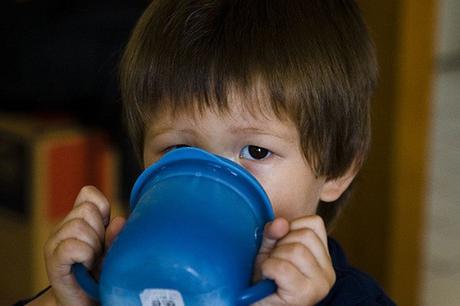
If you’ve tried offering the sippy cup but your child is finding it hard to drink, it may be because of the valve. The valve is present to limit the amount of fluid that flows through the spout preventing spills and choking. However, if the valve is making very little of the drink to flow, you might be better off removing the valve. Once he finds that he can now get to the drink with ease, he might be more open to using the cup than the bottle.
7. Find out why they’re asking for bottle

Sometimes it may seem like your child is truly addicted to the bottle and is asking for it all the time! There’s no need to despair; rather, try to identify the reason for this. For many babies, the bottle represents comfort, as they get to suck on the nipple and get snuggled at the same time. To tackle this, make sure you offer lots of hugs and cuddles throughout the day, so that baby never feels like love is lacking. As mentioned earlier, hold them close when feeding with the sippy cup, much as you would when breast or bottle feeding.
8. Try role playing

Little kids can be just like monkeys; they copy everything they see! To get your little one used to the concept of the sippy cup, you can try some role playing. Let an older sibling use a sippy cup in front of the baby, or you can use one too! Just make sure the baby gets a fresh cup and not a used one. You can also role play with her favorite doll or teddy bear and pretend how they’re thoroughly enjoying their drink in a cup!
9. Throw away or hide the bottles
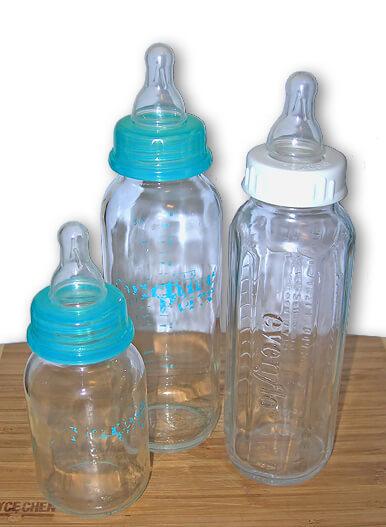
This is a ‘cold-turkey’ method, and might not work with all kids! It’s better suited to older toddlers, who can understand what you say. You can put away all their bottles and tell them that the only way to get a drink now is through a sippy cup. Some toddlers may not be that attached to their bottles, and they may take to the sippy cup without any fuss. Others might kick and scream for a day or two, but will soon give up and give the cup a try. Do what works best for your child!
10. Ensure good nutrition
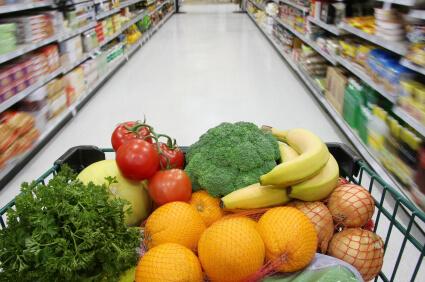
During the transitional phase of weaning from a bottle to a sippy cup, it’s likely that your child’s milk intake is less than his usual amount. Supplement this loss with nutritious foods, especially foods rich in calcium. A disappointment with the bottle might just result in a renewed interest in solids, so get ready with a good variety!
These steps for weaning from a bottle to a sippy cup also work if you’re trying to wean your toddler off breastfeeding and plan to move straight to a sippy cup instead of a bottle. You can offer pumped breast milk in the cup initially to make it feel a little more familiar to your little one. Some parents find it easier to introduce cow’s milk in the sippy cup straightaway. Every baby and every family is different, so make it work for you in your own style!
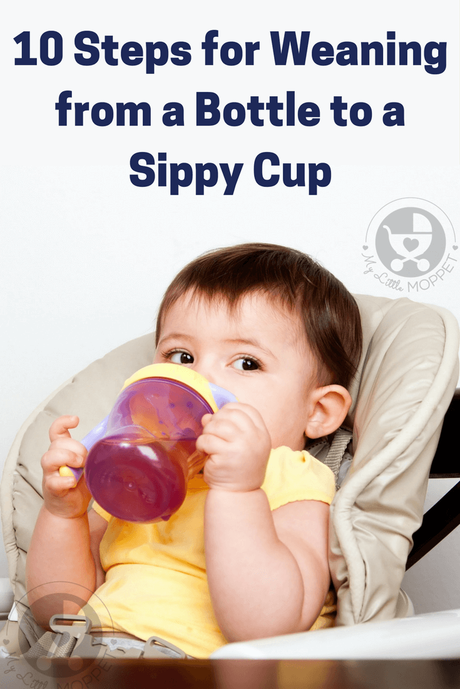
Want to see videos of our recipes ?
VISIT OUR YOUTUBE CHANNEL Share1 +1 Tweet Pin WhatsAppShares 1
Filed Under: Parenting Tagged With: babies, bottle feeding, bottle weaning, parenting, parenting tips, sippy cup, TODDLERS, weaning
